So you’ve decided to be a bike commuter, and now you’re in the market for a bicycle. Unfortunately, there is no one answer to the question of which bike is best for bike commuting because every cyclist is different, and the circumstances of our bike routes and conditions are just as varied. This means that the best bicycle is one that satisfies a cyclist’s preferences, and is appropriate for the commute route and circumstances.
Here is a short guide to the more commonly used types of bikes by commuters and the reasons for choosing them.
- Hybrid bike
For if you want the best qualities of both road bikes and mountain bikes for commuting

Miso Burgos hybrid bike The idea of a hybrid bike is to take characteristics from different bikes that are best suited for your purpose, in this case: commuting. Common iterations of the hybrid commuter include: tires that are neither as narrow as a road bike’s, nor as wide as a mountain bike’s, a more relaxed geometry for an upright and comfortable position, a rigid fork, and eyelets for mounting racks and fenders.
Hybrid commuters are ideal for shorter to medium range routes although the comfortable ride they offer makes them good for the occasional longer ride as well. Practical touches such as racks and fenders also make them hard to beat for commuting.
- Utility bike
For no fuss, short-distance commutes

A utility bike spotted at Anonas Street The utility bike, also known as a town bike or granny bike, is designed for use in cycling-friendly environments or for shorter distances. The primary considerations for these bikes are practicality, no-fuss maintenance, and ease-of-use rather than performance. Many utility bikes feature step-through frames for easy mounting, chainguards to protect trousers from getting grease marks, single-speed transmissions (although gears are not uncommon), kickstands, racks and baskets, and fenders.
These bikes are ideal for very short commutes, for running errands, and for less fuss because they are cheap and are not usually targets for bike theft.
- Road bike
For long distances on paved road

Road bikes at Jala-Jala The road bike is the fastest way to get around on paved roads, and as such, they are usually designed with speed in mind. These bikes feature a more aggressive geometry, which puts the cyclist bent forward and low on the bike, drop bars, narrow tires, and comparably lighter weight construction than most other bikes.
Because of their light weight and speed, road bikes are very good for going far and for getting there fast. The price for speed, however, is a less comfortable (but aero) position, and less of the practical touches that make dedicated commuters so useful such as baskets or fenders. There are storage and fender solutions available for road bikes though so they still make a viable commute bike.
While road bikes traditionally get a bad rap for being too aggressive to be comfortable, modern roadies include endurance-specific variants that are designed for comfort over long rides. These variants usually feature a slightly more upright position for the rider, as well as wider tires for dampening road buzz.
- Mountain bike
For commuting over very rough terrain

GT mountain bike A mountain bike, with its bigger tires and the usual suspension system, is most suitable for commuting over very rough terrain. There is a misconception, however, that bad roads require a mountain bike which is simply not true. Road bikes, utility bikes, and hybrids are all very capable of riding over bad roads even for medium stretches of bad road, but a mountain bike would be the most comfortable tool for doing so.
But this is where the mountain bike shines: providing a balance between comfort and performance. Aside from the bigger tires and suspension system, mountain bikes also put the rider in a more upright position which means less strain while riding.
These types of bikes can also be fast, and possibly even fastest on very rough terrain.
- Folding bike
For augmenting your bike commute with bus/train rides

A foldie biker at Ortigas Avenue The folding bike was designed for portability and compactness above all else, and as such, it sacrifices performance, comfort, and weight to attain its intended goals. A folding bike is also frequently allowed on trains and buses and is the only option for bike commuters who commute distances that are too long for the bike alone.
Because they are dedicated commuters, folding bikes also get the usual practical touches found on utility bikes such as rack and fender mounts.
However, these bikes are usually heavy and do not go very fast. It is also a frequent misnomer that they are much better for storage at home because most bikes can also be made very compact by removing the wheels.
- Electric bike
For hilly commutes, for going faster, or for carrying more weight with less effort

Specialized Turbo Vado An electric bike is a bicycle with an electric motor to aid propulsion. Most e-bikes still require a cyclist to pedal and merely supplement the effort with power. An e-bike is a very good option for people who live in hillier areas that would otherwise make commuting by bike impractical, for people whose commute route is very long but want to bike the whole way, and for those who carry a lot of weight on their commutes.
Of course, there are plenty of other bikes that people swear by for their commutes: from fat bikes, to cyclocross bikes, and even cargo bikes. The main idea is that the ideal commuter bike is the one that is best-suited for your type of riding, terrain, and requirements.
Do you use a bike other than the ones discussed above for your commute? Share your story with us!
______
This is the second article in our five-part series on Becoming a Bike Commuter. Parts 1 and 3 can be found here:
Part 1: Deciding to be a bike commuter
Part 3: Bike commuter gear and kit essentials
Part 4: Endurance, handling, and skills for bike commuters
Watch out for the succeeding articles coming soon:
Part 5: Basic knowledge and best practices

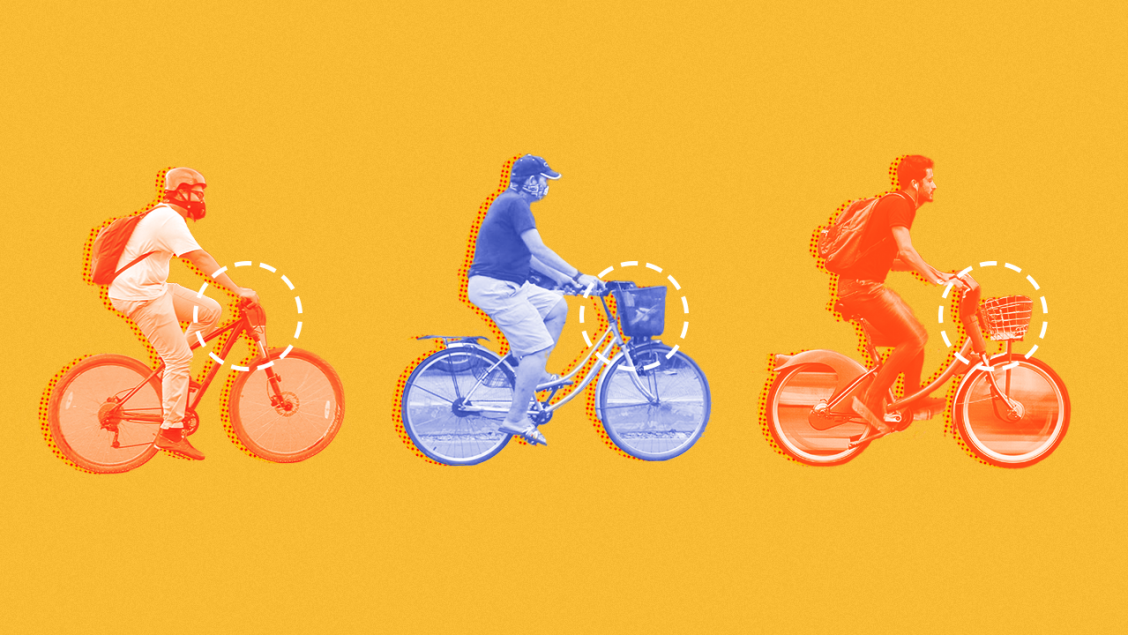
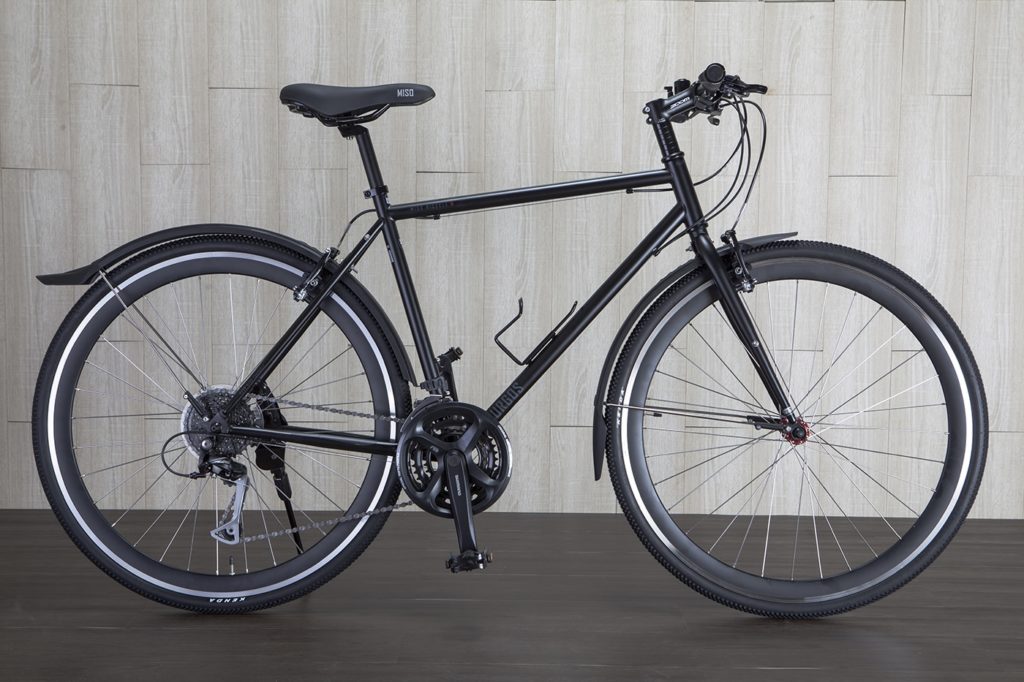
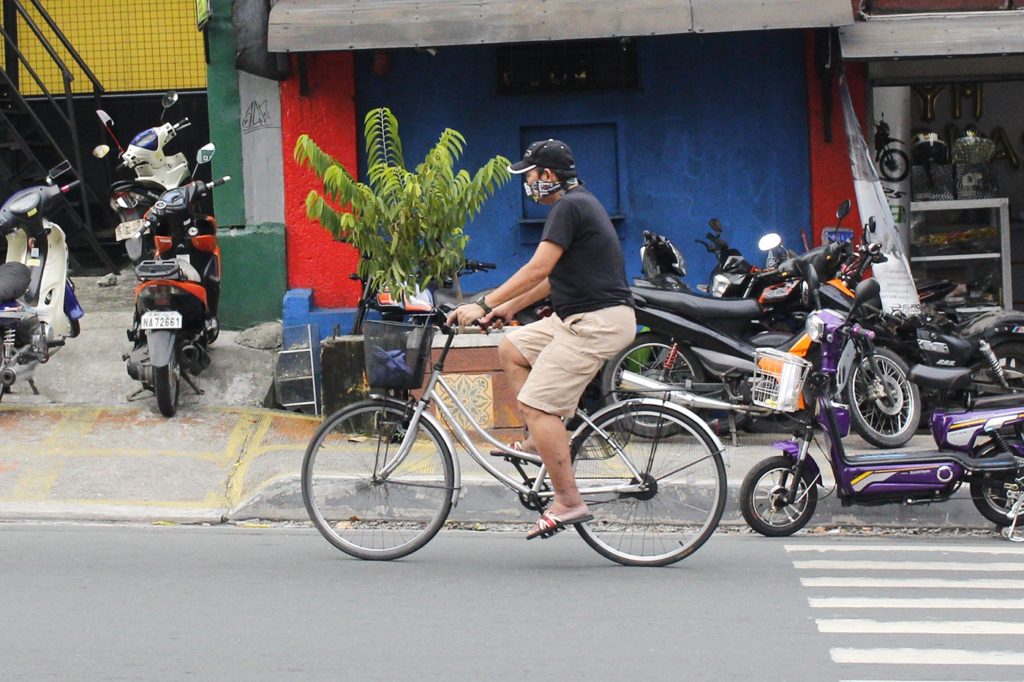
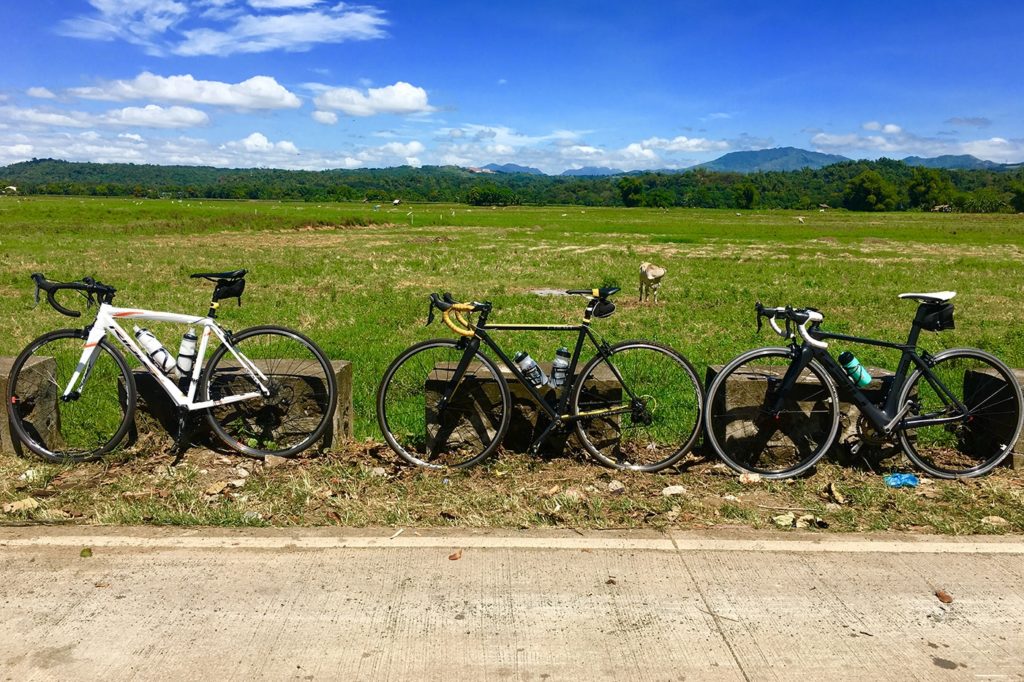
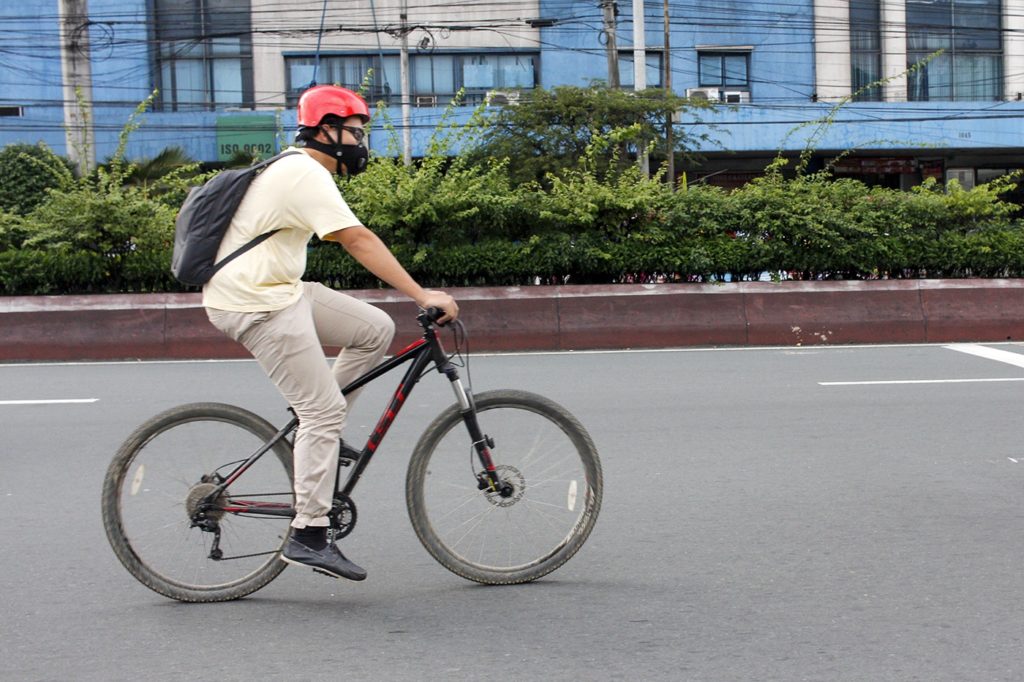
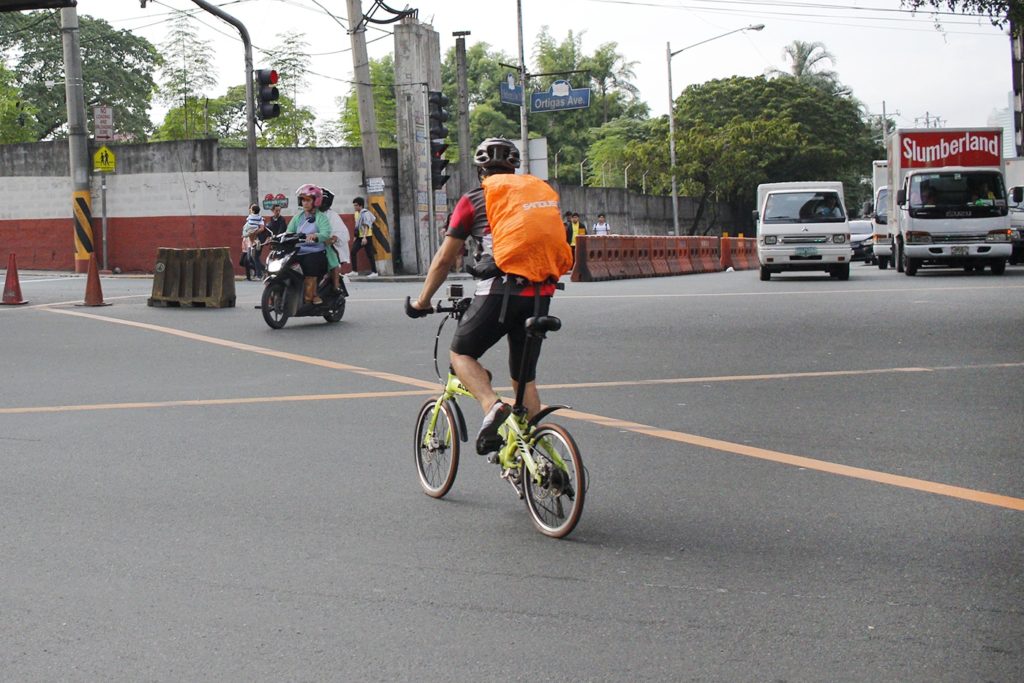
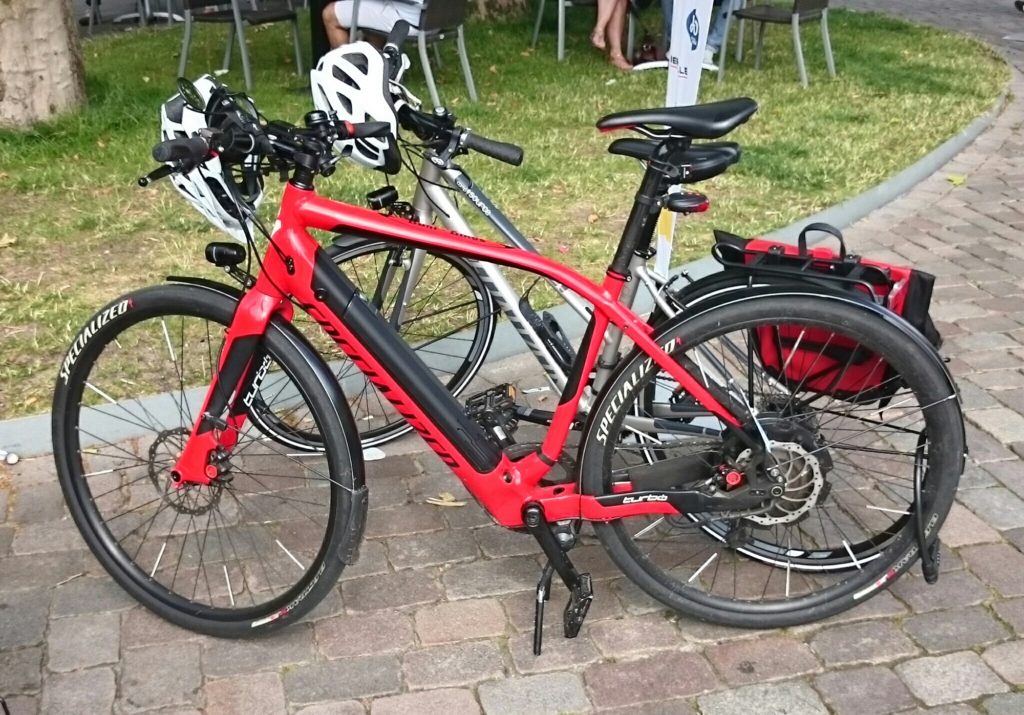
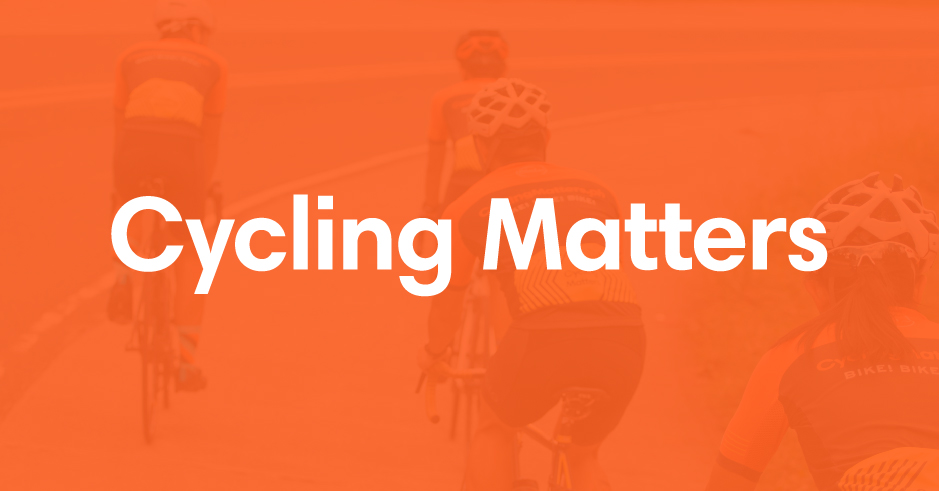
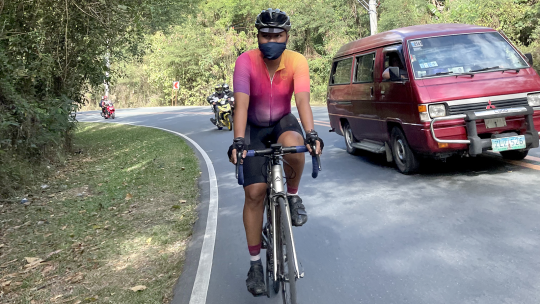
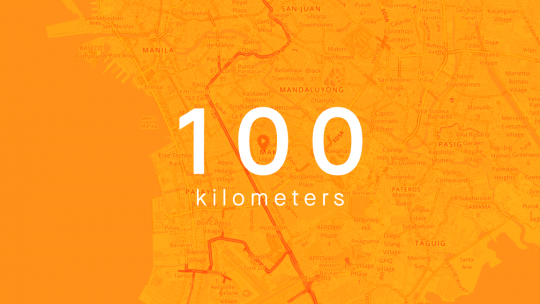
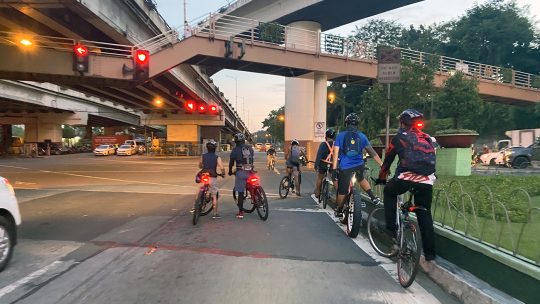

Leave a Comment